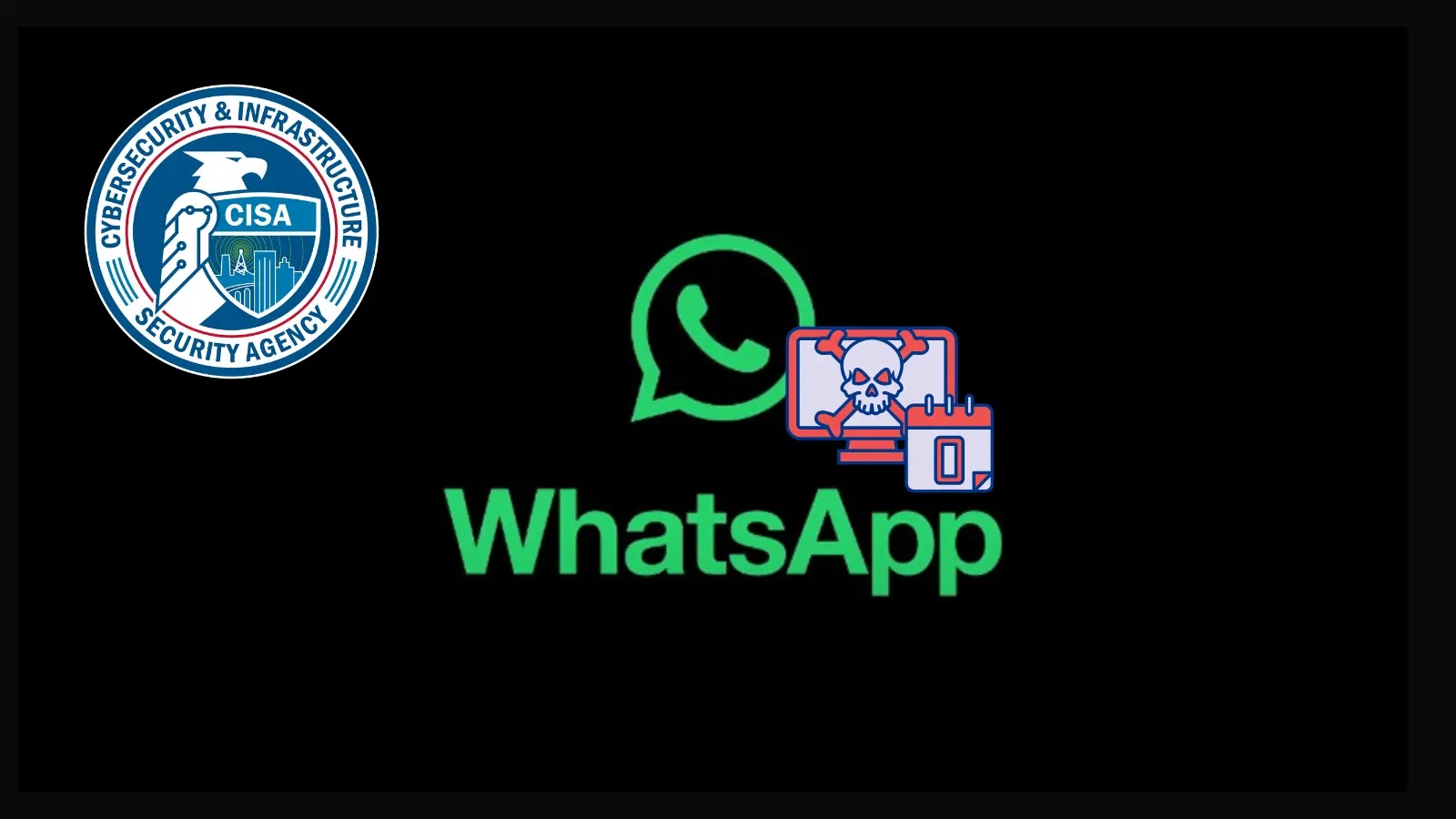
CISA Warns of WhatsApp 0-Day Vulnerability Exploited in Attacks
The quiet hum of our digital lives was recently disrupted by a stark warning from the Cybersecurity and Infrastructure Security Agency (CISA). A critical zero-day vulnerability in WhatsApp, identified as CVE-2025-55177, has been actively exploited in the wild. This isn’t just a theoretical threat; it’s a demonstrated pathway for attackers to compromise your messaging security. Understanding the mechanics of this flaw and implementing immediate protective measures is paramount for every WhatsApp user.
Understanding the WhatsApp Zero-Day: CVE-2025-55177
The vulnerability, CVE-2025-55177, is categorized under CWE-863: Incorrect Authorization. This classification is critical as it points to a fundamental flaw in how WhatsApp handles the synchronization of linked devices. In essence, an unauthorized actor can manipulate the messages used for device synchronization. This manipulation then forces a target device to fetch and process malicious content from an attacker-controlled URL. The implications are severe, ranging from data exfiltration to complete device compromise, all without direct user interaction beyond the initial, unseen synchronization manipulation.
The fact that this is a “zero-day” means that the vulnerability was known to attackers and actively exploited before a patch was even available or widely deployed. This highlights the agility of adversaries and the constant need for vigilant security practices.
The Exploitation Mechanism: How Attackers Leverage Linked Devices
The core of the exploitation lies in the “linked device synchronization messages.” WhatsApp, like many modern messaging apps, allows users to link multiple devices (e.g., a phone and a desktop client). This feature relies on a secure mechanism to sync message history and ongoing conversations across all linked instances. CVE-2025-55177 breaks this trust. An attacker, by crafting specific messages related to this synchronization process, can trick the target device into believing it needs to retrieve content from a malicious source.
This attack vector is particularly insidious because it bypasses typical user interaction checks. The user doesn’t need to click a suspicious link or open a malicious file. The compromise happens in the background, leveraging the very functionality designed for user convenience.
Remediation Actions: Securing Your WhatsApp Account
While the initial information from CISA indicates active exploitation, immediate steps can mitigate the risk and protect your data. WhatsApp users must prioritize these actions:
- Update WhatsApp Immediately: This is the most crucial step. Meta (WhatsApp’s parent company) has undoubtedly rolled out patches to address CVE-2025-55177. Ensure your WhatsApp application, on all devices (mobile and desktop), is updated to the latest available version. Configure auto-updates if possible.
- Review Linked Devices: Regularly check your “Linked Devices” section within WhatsApp settings. Remove any unauthorized or unfamiliar devices. If you use WhatsApp Web/Desktop, ensure you log out when not in use, especially on shared computers.
- Enable Two-Step Verification: While this vulnerability doesn’t directly bypass authentication, having Two-Step Verification (Settings > Account > Two-step verification) adds an extra layer of security against unauthorized account access should other vectors be exploited.
- Be Wary of Suspicious Activity: Keep an eye out for any unusual behavior on your WhatsApp account, such as messages you didn’t send, or unexpected changes in your settings. Report anything suspicious.
- Educate Yourself and Others: Share this information with friends and family. A collective awareness improves overall digital hygiene.
Tools for Proactive Security and Assessment
While direct mitigation for this specific zero-day is largely dependent on vendor patches, cybersecurity professionals can utilize various tools for network monitoring, endpoint security, and vulnerability management to detect anomalies and strengthen overall defenses. For the average user, diligently applying updates is the primary defense.
| Tool Name | Purpose | Link |
|---|---|---|
| Mobile Device Management (MDM) Solutions | Centralized management and enforcement of security policies for mobile devices, including app updates. | Gartner UEM Market Guide |
| Endpoint Detection and Response (EDR) | Monitoring and detecting suspicious activity on endpoints, vital for enterprise environments. | Gartner EDR Market Guide |
| Vulnerability Management Systems | Identifying and tracking known vulnerabilities across an organization’s software and systems. | Tenable, Qualys |
The Ongoing Battle: Why Vigilance Is Key
The WhatsApp zero-day, CVE-2025-55177, serves as a stark reminder of the persistent and evolving threat landscape. Messaging applications, central to our communication, are prime targets for adversaries. The rapidity of discovery and exploitation of such vulnerabilities underlines the need for continuous vigilance, prompt patching, and adherence to robust security practices. Always ensure your software is up-to-date, monitor your accounts for unusual activity, and educate yourself on emerging threats.





